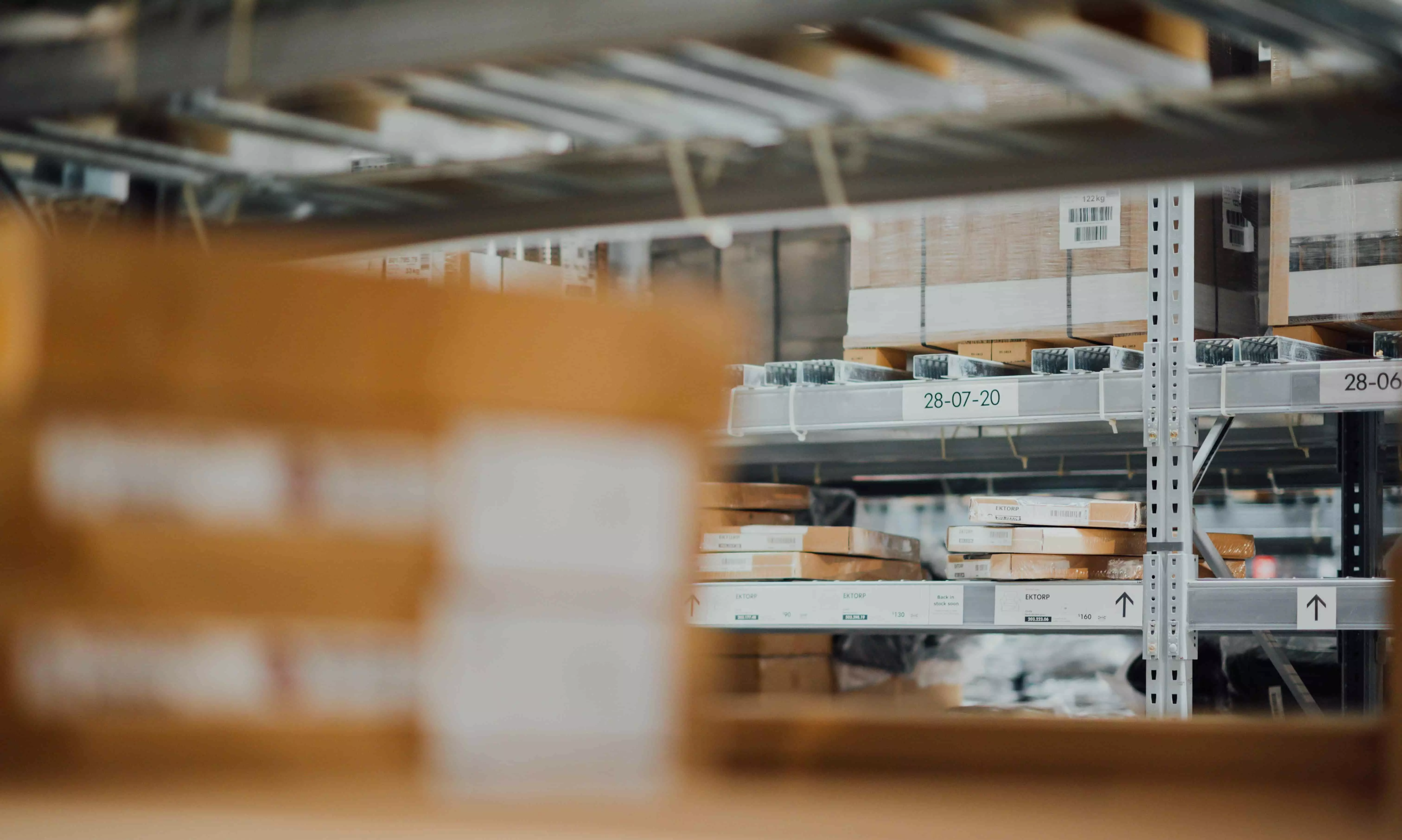How demand and technology reshaping Indian warehousing
India's warehousing segment has been witnessing a rapid transformation in recent years, driven by various factors such as changing consumer behaviour, technological advancements, and evolving supply chain dynamics. With the advent of e-commerce, the need for efficient warehousing solutions has become critical, leading to significant changes in how warehouses are designed, operated, and managed in India.
The Indian warehousing industry has grown significantly in recent years. According to a report by JLL India, the total warehousing space in India is expected to touch 247 million sq. ft. by 2023.
The rise of e-commerce has revolutionized the way consumers shop, leading to a surge in demand for online retail. This has had a direct impact on the warehousing segment in India, as e-commerce players require efficient warehousing solutions to handle their inventory, order fulfillment, and last-mile delivery. As a result, there has been a growing need for modern, technologically advanced warehouses that can cater to the unique requirements of e-commerce operations.
The increasing demand for last-mile delivery is another factor driving the change in the Indian warehouse segment. With the rise of e-commerce, customers expect faster and more efficient delivery. This has led to the emergence of new delivery models, such as hyperlocal delivery and same-day delivery, which require warehouses to be located closer to the customer.
To meet the changing demands of the Indian market, warehouse operators are adopting new technologies and innovative solutions. Automation and robotics are increasingly being used to improve efficiency and productivity. Real-time inventory tracking and management systems are being implemented to improve visibility and control over the supply chain. Advanced data analytics and machine learning algorithms are being used to optimize warehouse operations and improve decision-making.
In addition, warehouse operators are also investing in new infrastructure and facilities to cater to the changing needs of the market. Multi-level warehouses, which provide more storage space in less land, are becoming increasingly popular. Temperature-controlled warehouses, which are necessary for storing perishable goods, are also in demand. Finally, the emergence of vertical warehousing, which involves stacking goods vertically rather than horizontally, is changing the way warehouses are designed and operated.
Warehouses are also adopting ways of automating and mechanizing warehousing solutions. Traditional warehouses that relied on manual labor and inefficient storage systems are giving way to advanced technologies such as automated storage and retrieval systems (ASRS), robotics, and conveyor systems. These technologies enable warehouses to handle large volumes of inventory, improve order accuracy, reduce fulfillment time, and enhance overall operational efficiency.
Another notable change is the increasing emphasis on multi-channel fulfillment, where warehouses cater to both online and offline channels. This requires warehouses to have the flexibility to handle different types of orders, such as B2C (Business-to-Consumer), B2B (Business-to-Business), and B2B2C (Business-to-Business-to-Consumer). Warehouses are now being designed to accommodate various order profiles and have the ability to seamlessly integrate with e-commerce platforms, order management systems, and transportation networks to enable smooth and efficient order processing.
One of the key technologies transforming the Indian warehouse segment is warehouse management systems (WMS), which provide end-to-end visibility and control over warehouse operations. WMS enable real-time tracking of inventory, order processing, and labor performance, leading to improved operational efficiency, better order accuracy, and enhanced customer service. Advanced WMS also incorporate features such as demand forecasting, route optimization, and labor scheduling to further optimize warehouse operations and reduce costs.
In addition to WMS, the adoption of Internet of Things (IoT) devices and sensors in warehouses is gaining momentum. IoT devices and sensors enable real-time monitoring of various warehouse parameters, such as temperature, humidity, and inventory levels, leading to better inventory management, improved quality control, and enhanced product safety. For example, IoT-enabled temperature sensors can monitor the temperature of perishable goods in real-time, ensuring that they are stored in optimal conditions and minimizing the risk of spoilage.
The changing consumer behavior, characterized by increasing expectations for faster delivery, convenience, and customization, has also led to the adoption of new warehousing models such as hyperlocal fulfillment centers and dark stores. Hyperlocal fulfillment centers are strategically located in urban areas to cater to same-day or next-day deliveries, while dark stores are dedicated fulfillment centers designed specifically for online orders. These new warehousing models are reshaping the warehousing landscape in India.
Another trend that is shaping the Indian warehouse segment is the emergence of co-warehousing. Co-warehousing involves multiple companies sharing a single warehouse space. This helps to reduce costs and improve efficiency, as companies can share resources such as equipment, staff, and infrastructure. Co-warehousing also allows smaller companies to access high-quality warehousing facilities that they may not be able to afford on their own.
The changing landscape of the Indian warehouse segment has also attracted the attention of international investors. In recent years, global investors such as Blackstone, Warburg Pincus, and Brookfield have invested heavily in the Indian warehousing industry. This investment has helped to fund the development of new warehouses and facilities, as well as the adoption of new technologies and solutions.
Overall, the Indian warehouse segment is expected to witness significant changes in the coming years, with focus on technology adoption, sustainability, and meeting the demands of modern supply chain and logistics operations. These changes are likely to result in increased efficiency, productivity, and sustainability, making the Indian warehouse segment more competitive and aligned with global warehousing trends.
The views and opinions expressed in this article are those of the author and do not necessarily reflect the views of Indian Transport & Logistics News and his organisation.




